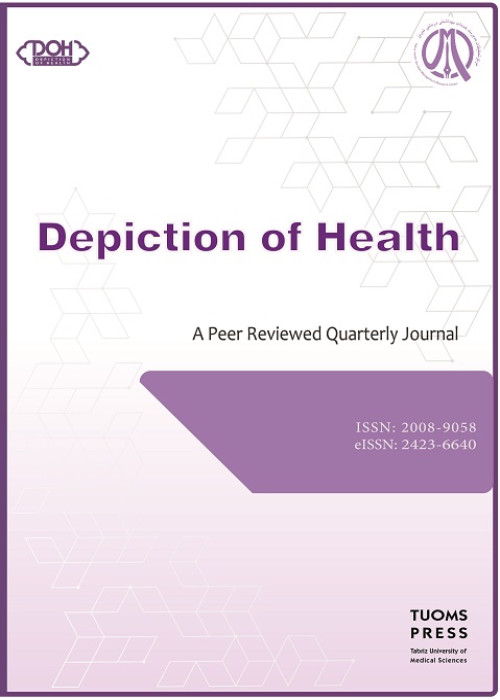A Brief Overview on the Health Insurance Situation in Iran
The financing process of the health system includes the collection, accumulation, and management of financial resources to purchase health services. Sustainable financing of the health system is a core function, which can enable progress towards universal health coverage (UHC).
There are multiple funding sources to finance health care services in Iran, including out-of-pocket payment, government funds, general taxation, health insurance, and individual donations.
Inefficiency in health insurance systems has led to an increase in out-of-pocket payments, and ultimately catastrophic expenditures. According to the results of the household income-expenditure survey in 2017, about 17% of the population faced catastrophic expenditures by spending more than 10% of their total consumption expenditure on health, and 75% of exposure to catastrophic expenditures (equivalent to 13% of population) was only due to paying out of pocket to receive medical services. (1)
According to the health insurance coverage in 2010, about 84% of the total population in Iran was covered by various insurance plans and supplementary health insurance included 20% of the total population. (2)
After the recent reforms entitled as the "Health Transformation Plan" launched in 2014, more than 90% of the population was covered by health insurance. However, the services were not fully covered by insurance benefits and only included inpatient health services. In addition, the insurance share was free for patients, which increased moral hazard from patients and induced demand from providers. Finally, this reform plan was stopped due to the instability of resources.
Among the disadvantages of this type of insurance, the following can be mentioned:1. All people could register in this insurance without any limitation.
2. The insurance premium was very small and negligible. So, it was not considered as an insurance because there was not the accumulation of risk, which is one of the main characteristics of any insurance industry.
3. Considering that many people were covered in this type of insurance, the depth and level of service coverage were reduced due to limited resources.
In this insurance type, financing was from the government and there was no assessment for individuals; and it was a kind of support fund or support package. So, it was stopped at some point after the health transformation plan.
Although Article 10 of the General Insurance Law in Iran refers to determining the scope and medical services and drugs, (3) there are no criteria to evaluate the covered packages. Despite the UHC's goal of increasing the number and variety of services for patients, many services for specific diseases, palliative care, etc. are not covered by the basic insurance. Also, some services such as dental and optometric services are considered a luxury service and are not covered by basic insurance.
The lack of resources to provide proper services to the insured people and the impossibility of receiving the services from the private sector using health insurance benefits are other challenges of this type of insurance.
Finally, Iran has not been able to achieve UHC due to the lack of proper management capacity in the insurance sector.
To realize universal health coverage and improve outcomes, policymakers must consider several demand and supply factors. In this regard, expansion of infrastructure, human resources, and health services can be effective from the supply perspective. Meanwhile, increasing health insurance coverage, expanding health benefits package, and reducing the contribution of people in paying expenses using payment methods with a certain ceiling such as per capita and quality-based payment can be effective from the demand perspective.
Also, the existence of comprehensive and transparent information systems, especially the system for identifying vulnerable and low-income groups, can greatly contribute to the successful implementation of UHC. Finally, designing suitable financial and non-financial incentives can also lead to increasing the satisfaction of professionals and health sector employees.
- حق عضویت دریافتی صرف حمایت از نشریات عضو و نگهداری، تکمیل و توسعه مگیران میشود.
- پرداخت حق اشتراک و دانلود مقالات اجازه بازنشر آن در سایر رسانههای چاپی و دیجیتال را به کاربر نمیدهد.


